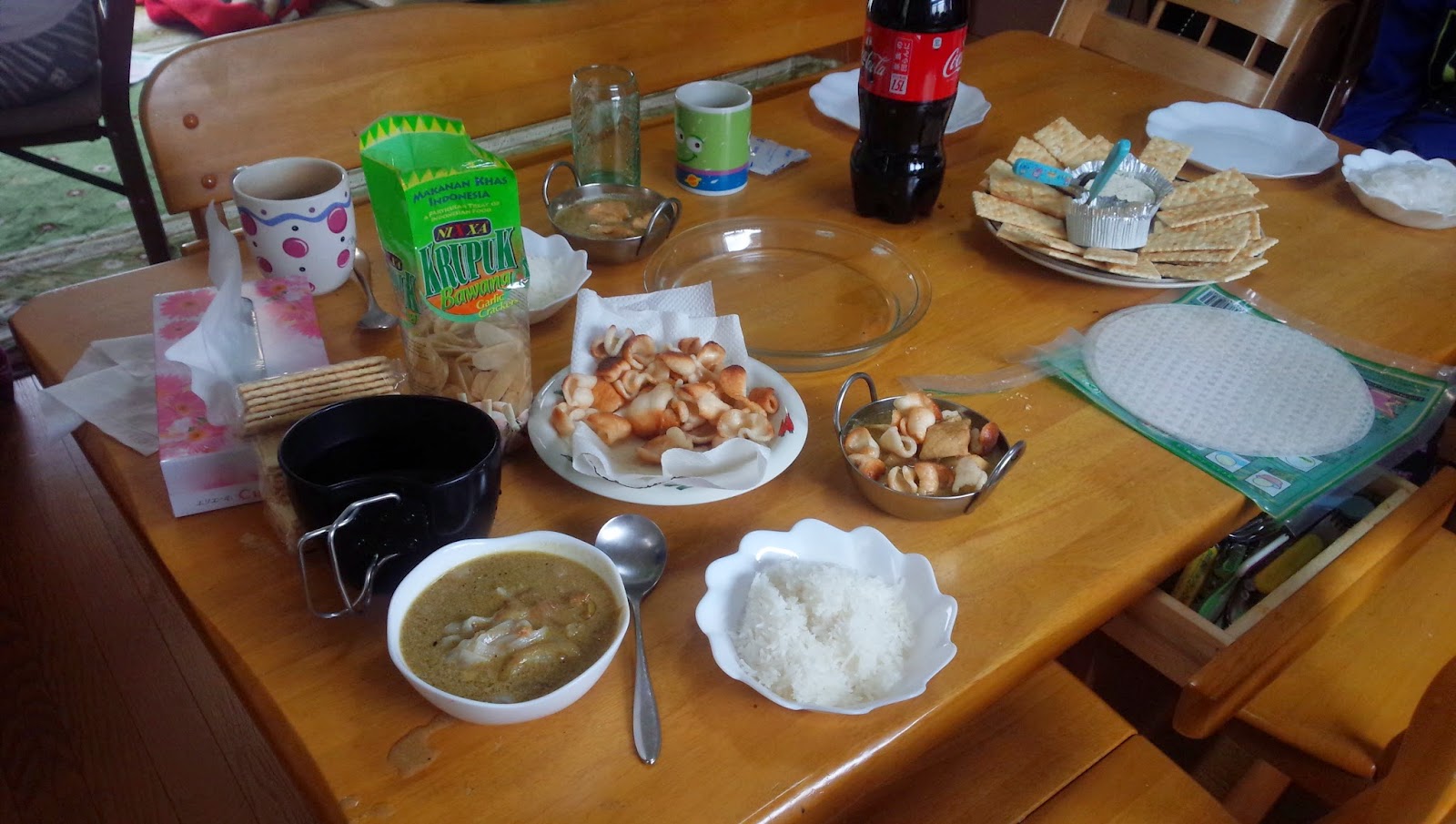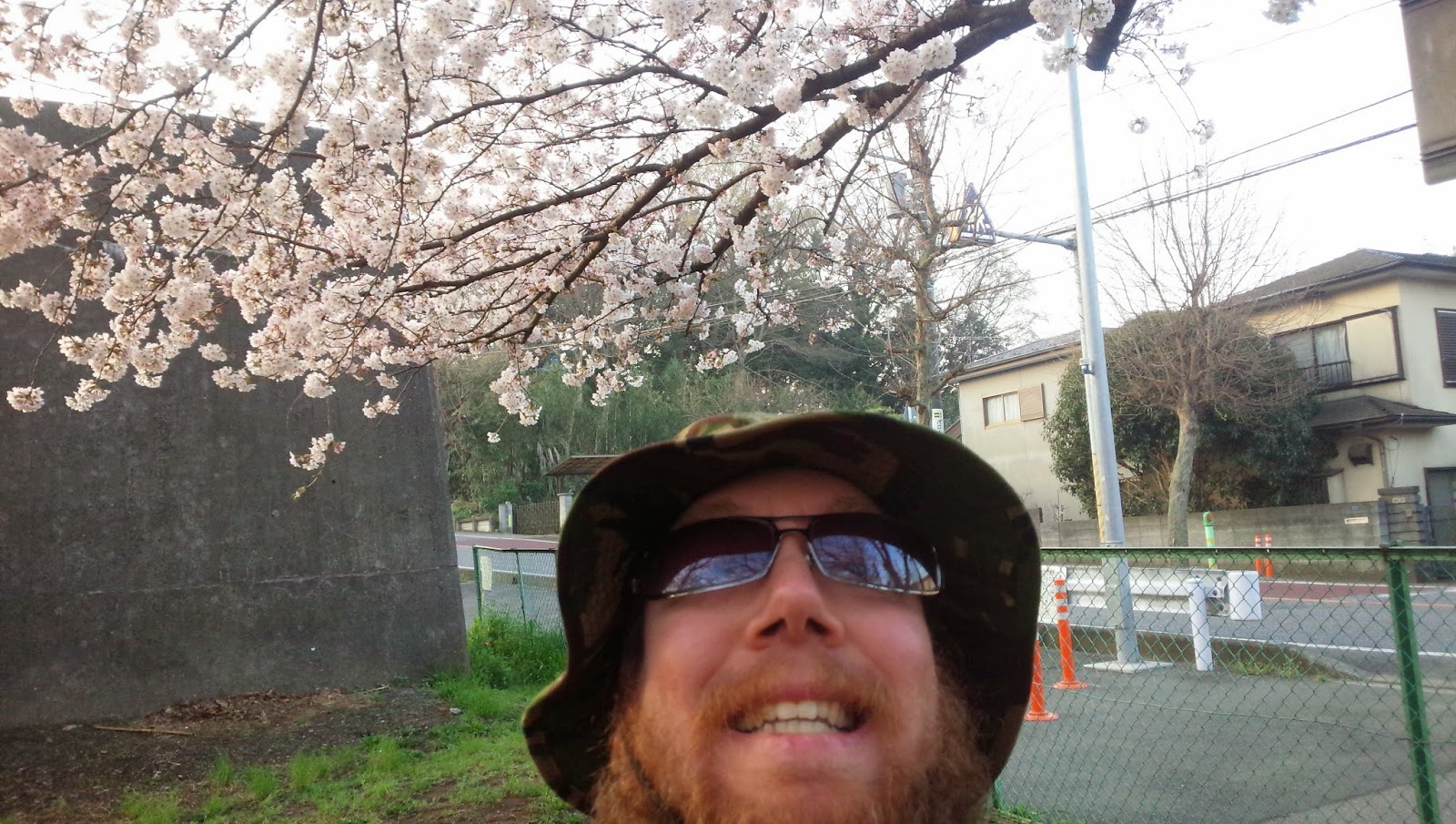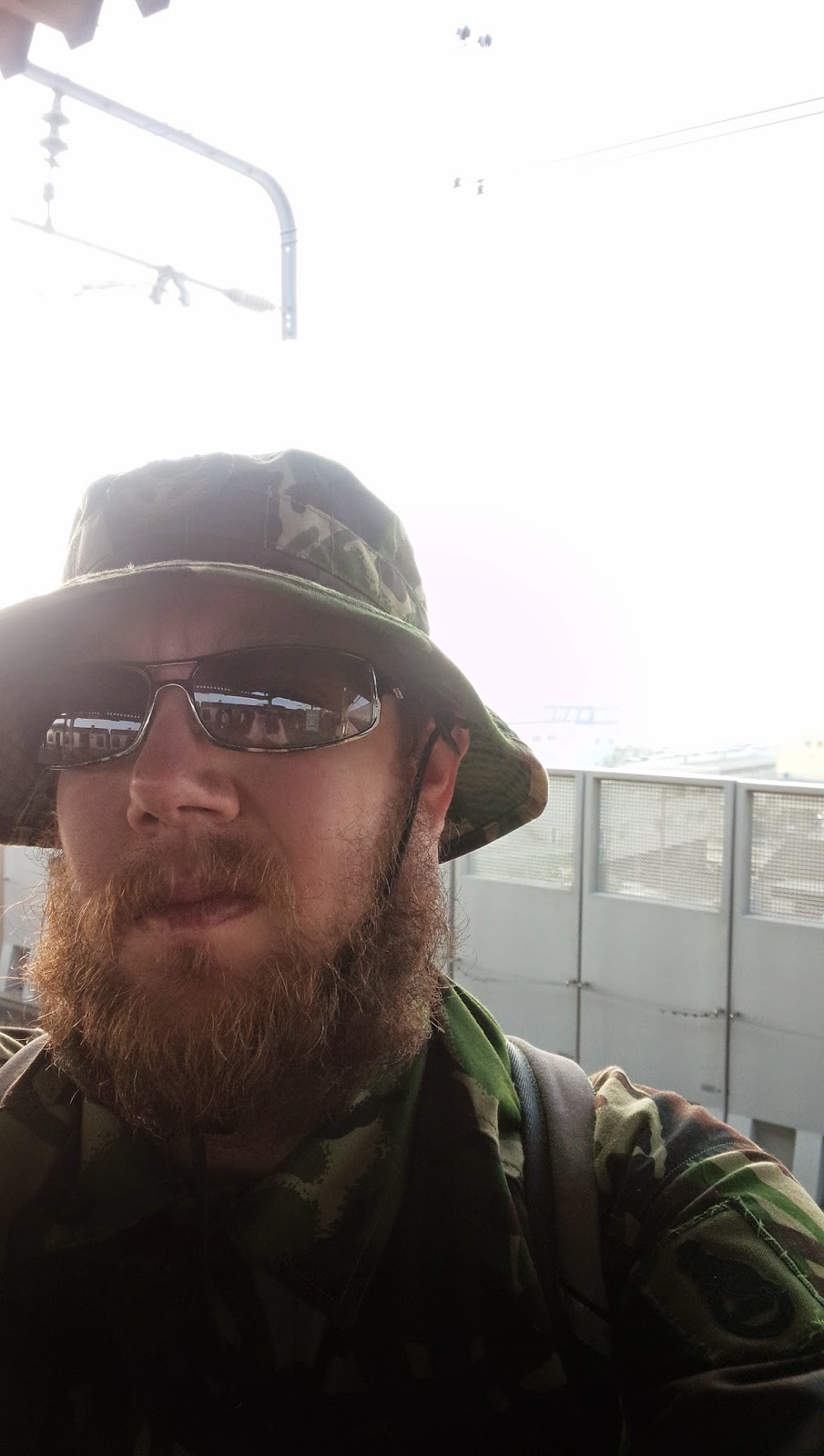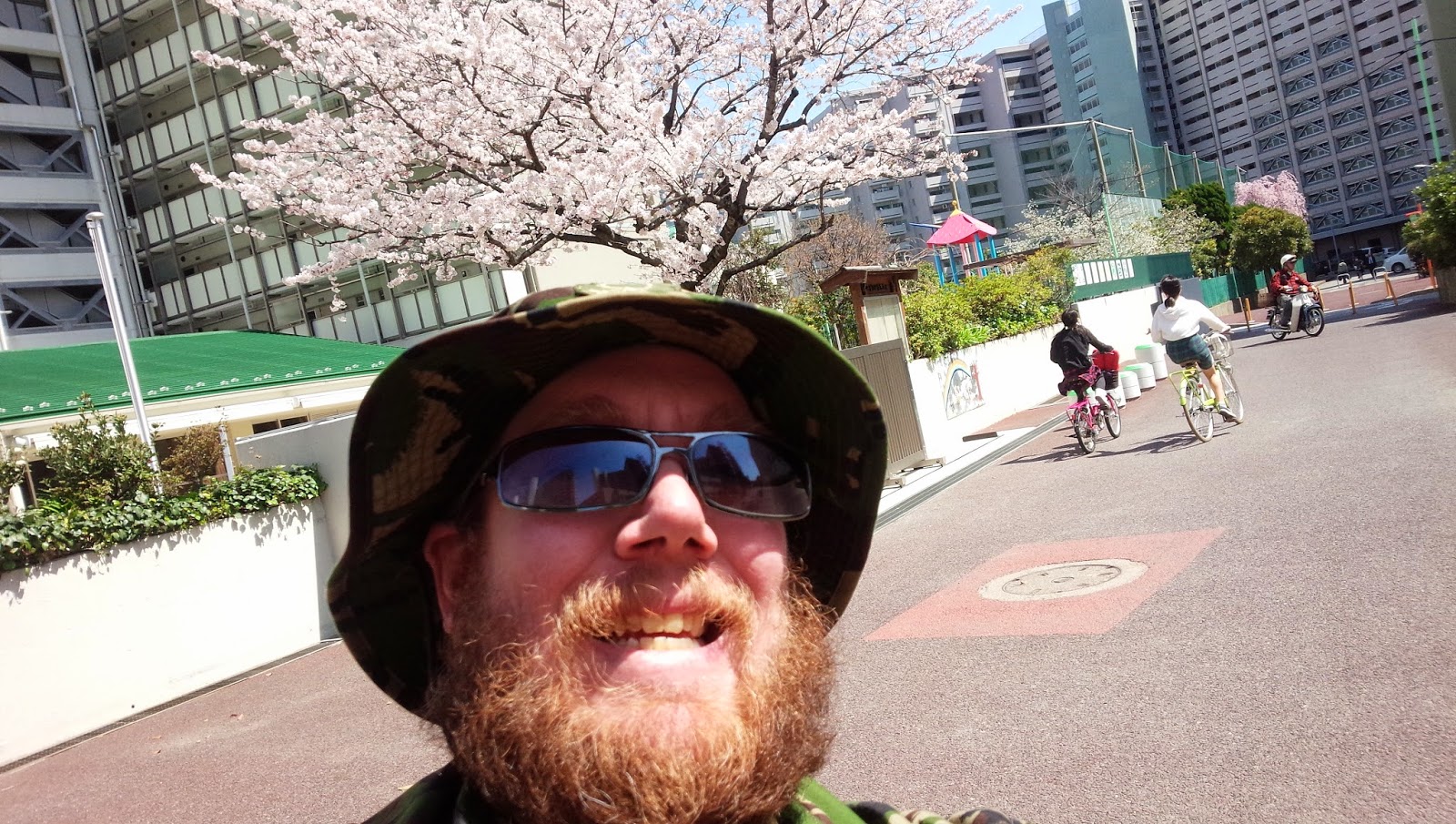A blog on War gaming in North-eastern North America from 1670-1815, the life of an ex EFL instructor, a family man formerly in Japan and now in Canada , a camper, a reenactor, a drummer, and all round crazy but home Nova Scotian. Having taught for an extended period my career is now in private security.
Wednesday 29 April 2015
Saturday 25 April 2015
War of 1812 American Militia
Since moving back to Canada, this force has grown now to include at least one brigade, including rifle troops, with some additions of artillery and horse. Eventually, I shall also be adding some games to this.
Wednesday 22 April 2015
Spring and Summer campaign kits
I arrived home to find my birthday presents arrived. Two kits for my Bolt Action on Grampies War blog, two boxes of Prussia troops and
Sunday 19 April 2015
Saratoga Campaign 1777: The American forces
Trying to peg down who was actually in the campaign can be a bit of a puzzle. However, with the help of Osprey Publishing Saratoga 1777, this should help me out.
I have some previously taken shots, but feel I need to update with some newer ones, so over the course of a few weeks, I shall be updating this post.
Many of the units which were in the American army were from New England. With what information I have, I shall document some of these on this blog.
The Continental Line
The Americans at first distrusted a large standing army, as in their thinking, this was part of the reason they rebelled, against a large British Army. However, after 1776, when the Americans began to understand they needed well trained and disciplined troops in order to achieve victory.
(A note on uniform colors, historical information only points to 1778.
Brigadier General Enoch Poor
1st New Hampshire: green coats faced red, red waistcoat, green breeches
2nd New Hampshire: sky blue coats faced red, red waistcoats, blue breeches
3rd New Hampshire: blue coats
2nd New York:
4th New York:
1st and 2nd Connecticut (militia)
Brigadier General John Paterson
10th Massachusetts
11th Massachusetts
12th Massachusetts
14th Massachusetts
1st South Berkshire Regiment (Massachusetts militia)
3rd York Regiment (Massachusetts militia)
Brigadier General Matthias de Rochefermoy
8th Massachusetts
New Hampshire Militia
Massachusetts Militia
Massachusetts Militia
Brigadier General Ebenezer Learned
2nd Massachusetts
9th Massachusetts
1st Canadian Regiment
Two Regiments of New Hampshire militia
Brigadier General John Glover
1st Massachusetts
4th Massachusetts
13th Massachusetts
15th Massachusetts
2nd Albany County Militia (New York)
17th Albany County Militia (New York)
Dutchess and Ulster County Regiment (New York militia)
Brigadier General John Nixon
3rd Massachusetts
5th Massachusetts
6th Massachusetts
7th Massachusetts
One regiment of Massachusetts militia
Colonel Seth Warner
Warner's Continental Regiment (Green Mountain Boys)
5 regiments of Massachusetts militia
American Colonial Militia
Many American's think that the average militiaman was the backbone of the American army during the revolution. They may have had numeric superiority, but they lacked any sort of discipline or training. Being in the militia was akin to being in a shooting club. It was a social organization, one which had not had to face the prospect of war since 1763. Consequently, training had been minimal at best.
Historical information found in
New England Soldiers in the American Revolution
George Washington's Army 1775-1778 Osprey Publishing
Saratoga 1777 Turning point in a Revolution Osprey Publishing
I have some previously taken shots, but feel I need to update with some newer ones, so over the course of a few weeks, I shall be updating this post.
Many of the units which were in the American army were from New England. With what information I have, I shall document some of these on this blog.
The Continental Line
The Americans at first distrusted a large standing army, as in their thinking, this was part of the reason they rebelled, against a large British Army. However, after 1776, when the Americans began to understand they needed well trained and disciplined troops in order to achieve victory.
(A note on uniform colors, historical information only points to 1778.
Brigadier General Enoch Poor
1st New Hampshire: green coats faced red, red waistcoat, green breeches
2nd New Hampshire: sky blue coats faced red, red waistcoats, blue breeches
3rd New Hampshire: blue coats
2nd New York:
4th New York:
1st and 2nd Connecticut (militia)
Brigadier General John Paterson
10th Massachusetts
11th Massachusetts
12th Massachusetts
14th Massachusetts
1st South Berkshire Regiment (Massachusetts militia)
3rd York Regiment (Massachusetts militia)
Brigadier General Matthias de Rochefermoy
8th Massachusetts
New Hampshire Militia
Massachusetts Militia
Massachusetts Militia
Brigadier General Ebenezer Learned
2nd Massachusetts
9th Massachusetts
1st Canadian Regiment
Two Regiments of New Hampshire militia
Brigadier General John Glover
1st Massachusetts
4th Massachusetts
13th Massachusetts
15th Massachusetts
2nd Albany County Militia (New York)
17th Albany County Militia (New York)
Dutchess and Ulster County Regiment (New York militia)
Brigadier General John Nixon
3rd Massachusetts
5th Massachusetts
6th Massachusetts
7th Massachusetts
One regiment of Massachusetts militia
Colonel Seth Warner
Warner's Continental Regiment (Green Mountain Boys)
5 regiments of Massachusetts militia
American Colonial Militia
Many American's think that the average militiaman was the backbone of the American army during the revolution. They may have had numeric superiority, but they lacked any sort of discipline or training. Being in the militia was akin to being in a shooting club. It was a social organization, one which had not had to face the prospect of war since 1763. Consequently, training had been minimal at best.
Historical information found in
New England Soldiers in the American Revolution
George Washington's Army 1775-1778 Osprey Publishing
Saratoga 1777 Turning point in a Revolution Osprey Publishing
Major life decisions
I am seriously contemplating buying a home in my home province of Nova Scotia, Canada. I have lived in Japan for the past 15 years, and I'm starting to feel a bit worn out. I would like to lay down roots for my family back home, so need to think how to do this.
So many steps to take, I need to find a job, then get a car, then have a home,
so my summer vacation, my family and I are going to travel home.
So many steps to take, I need to find a job, then get a car, then have a home,
so my summer vacation, my family and I are going to travel home.
Saturday 18 April 2015
Rod Redden is now on Facebook.
| |||||||||||||||||||||||||||||||||||||||||
Spring 2015 Funabashi Karate tournament
He won two third place medals!
He did well, considering his last match was against a guy about 10cm taller and about 5kg heavier than him.
So it will be off for Chinese food tonight to celebrate.
Saturday 11 April 2015
Crazy week
 This shot was taken on Tuesday April 7. It was a rainy morning, so I took the subway. Bad idea. If you ever want to know what a TV dinner or a can of Tuna feels like, ride the Tozai Line during rush hour. I was pushed into a corner of the train. As the train got to my stop, I asked in Japanese if people could move, to which no one did, so when I used my annoyed voice in English, people moved, however, it was so crowded, and Japanese people can be selfish and jerks, the security guard had to grab onto my pack strap to pull me off. I felt my bag get jostled. I went to the toilet and it was then, after the train left, that I noticed that my water bottle was missing. I went to the lost and found, reported it, then went to work. 2 hours later, they called me back to say it had been found, and I picked it up at 6pm.
This shot was taken on Tuesday April 7. It was a rainy morning, so I took the subway. Bad idea. If you ever want to know what a TV dinner or a can of Tuna feels like, ride the Tozai Line during rush hour. I was pushed into a corner of the train. As the train got to my stop, I asked in Japanese if people could move, to which no one did, so when I used my annoyed voice in English, people moved, however, it was so crowded, and Japanese people can be selfish and jerks, the security guard had to grab onto my pack strap to pull me off. I felt my bag get jostled. I went to the toilet and it was then, after the train left, that I noticed that my water bottle was missing. I went to the lost and found, reported it, then went to work. 2 hours later, they called me back to say it had been found, and I picked it up at 6pm. Then on Sunday, my kids were in a samba concert, my wife allowed me to get a shot with the kids dance teacher, who is only 19!
Then on Sunday, my kids were in a samba concert, my wife allowed me to get a shot with the kids dance teacher, who is only 19!Saturday 4 April 2015
Easter Weekend April 4 -5, 2015
Richard Pierpoint
More patriotism and an acknowledgement of Black Canadians commitment to the defense of Canada
Queenston Heights
A bit of Canadian patriotism, and a moment to remember the heroism of the First Nations people!
Friday 3 April 2015
Saratoga Campaign 1777: Loyalist Forces
The Loyalist forces which took part in the campaign consisted of Canadian Militia, Amerindians, The King's Royal Regiment of New York, and Rangers under John Butler who would be named Butler's Rangers in 1778.
Below are images and text from www.cmhg.gc.ca



From www.cmhg.gc.ca
Below are images and text from www.cmhg.gc.ca

A soldier of Butler's Rangers, 1778-1783
Butler's Rangers were uniformed in green, with red facings. This man, dressed for campaigning, wears his lapels buttoned over. There is record of a leather cap worn by the unit, but reconstruction shows an unofficial substitute - a kerchief. There is also some information that Butler's men wore green smocks on some occasions. All in all, this famous (or infamous) regiment must have presented a very mixed appearence in the field. Reconstruction by G. A. Embleton. (Parks Canada)
Iroquois chief, 1760-1790
This Iroquois leader wears the mixture of native and European items that was used by eastern woodland cultures during the 18th century. Note, for instance, the European linen shirt, worn as an overall smock. Around this man's neck hangs a gorget - a gilded crescent worn by European officers when on duty. Gorgets were considered one of the more desirable gifts an Amerindian chief could receive. Among the particularly North American items seen here are the leggings (known as 'mitasses'), the scalp hair lock decorated by feathers with other hair removed from the head, face paint and moccasins. The result is colourful and impressive. Reconstruction by G. A. Embleton. (Parks Canada)
Loyalist soldier, 1776-1783
Several corps of Loyalists connected with Canada wore this red uniform with green facings. Jessup's King's Loyal Americans, formed in 1776 to accompany General Burgoyne's expedition are noted in red faced green. The Loyal Nova Scotia Volunteers, raised by Nova Scotia Governor Francis Legge are recorded in these colours in 1783 by a German officer. Reconstruction by Gerald A. Embleton. (Parks Canada)From www.cmhg.gc.ca
After the withdrawal of the American troops, refugees were arriving in growing numbers in Canada, primarily from New York State. They were called "Loyalists," Americans who had not espoused the cause of the majority in favour of independence and who preferred to remain loyal to the British Crown. Those who wished to remain British subjects were being persecuted. Many had been able to reach the English lines and, armed by the British, formed Loyalist regiments. Several Loyalist military corps had also been established in Canada itself.
The first significant group of refugees, approximately 200 persons, arrived in Montreal in May 1776. The group was led by Sir John Johnson, to whom Carleton had granted permission to form a regiment of Loyalists "to furnish people so circumstanced with the means of defending themselves." [46] Called the King's Royal Regiment of New York, it served along the Canadian border. In early 1777 the Jessup brothers arrived from Albany with several refugees to form the King's Loyal Americans. The Queen's Loyal Rangers was established from a group of other refugees at around the same time. The first battalion of the Royal Highland Emigrants was also recruited from among the Loyalists. These new troops were mostly stationed in the Montreal area.
The first significant group of refugees, approximately 200 persons, arrived in Montreal in May 1776. The group was led by Sir John Johnson, to whom Carleton had granted permission to form a regiment of Loyalists "to furnish people so circumstanced with the means of defending themselves." [46] Called the King's Royal Regiment of New York, it served along the Canadian border. In early 1777 the Jessup brothers arrived from Albany with several refugees to form the King's Loyal Americans. The Queen's Loyal Rangers was established from a group of other refugees at around the same time. The first battalion of the Royal Highland Emigrants was also recruited from among the Loyalists. These new troops were mostly stationed in the Montreal area.
Saratoga Campaign 1777: Crown Forces
The British troops which took part in the campaign consisted of the
1st Brigade: 9th, 47th and the 53rd
2nd Brigade: 20th, 21st and the 62nd
Royal Artillery: 1st and 3rd Battalions
Royal Irish Artillery: 1 company
I shall add my own images of my troops in the coming weeks.
From www.cmhg.gc.ca
Throughout the summer of 1776, British reinforcements continued to arrive. Dozens of ships reached the docks of Quebec to unload tons of provisions, dozens of brass field cannon and thousands of soldiers from Europe. The 9th, 20th, 21st 24th, 47th, 53rd and 62nd regiments arrived, as well as the grenadiers of the 29th, 31st and 34th, accompanied by 500 artillerymen of the Royal Artillery.
1st Brigade: 9th, 47th and the 53rd
2nd Brigade: 20th, 21st and the 62nd
Royal Artillery: 1st and 3rd Battalions

Gunner, Royal Regiment of Artillery, 1777 Burgoyne expedition
Before General Burgoyne's 1777 expedition started south from Canada, the British troops modified their uniforms to make them more suitable for fighting in North America. This gunner of the Royal Regiment of Artillery wears the resulting uniform. Coats had their tails cut off short. Separate breeches and gaiters were replaced by one-piece gaiter-trousers. The felt tricorne hat was cut down to make a cap, which was given a crest of horse hair dyed red. A period drawing by Friedrich von Germann, a German officer with Burgoyne’s army, shows all of these details. Visible in the background is a howitzer on a Congreve pattern field carriage. Reconstruction by Gerald A. Embleton. (Parks Canada)Royal Irish Artillery: 1 company
I shall add my own images of my troops in the coming weeks.
From www.cmhg.gc.ca
Throughout the summer of 1776, British reinforcements continued to arrive. Dozens of ships reached the docks of Quebec to unload tons of provisions, dozens of brass field cannon and thousands of soldiers from Europe. The 9th, 20th, 21st 24th, 47th, 53rd and 62nd regiments arrived, as well as the grenadiers of the 29th, 31st and 34th, accompanied by 500 artillerymen of the Royal Artillery.
Saratoga Campaign 1777: German units
For this campaign, the British rented several regiments from the German principalities of Brunswick, and Hesse. I will be posting shots of my own figures in the coming weeks. I have recently purchased some Seven Years War Prussian HaT figures which will be painted as below. I just need get some dismounted dragoons for the Brunswick dragoons.
The uniforms of these regiments were modeled off of the Prussians.

From www.cmhg.gc.ca The English government had decided to "hire" from German princes the services of their small armies to reinforce its own. At the time, Germany, except for Prussia, Bavaria and Saxony, was divided into hundreds of small autonomous states. Thus, beginning in 1776, thousands of German soldiers crossed the Atlantic to fight alongside the British.
These British and German troops together totalled 8,000 men, approximately 5,000 of whom came from Brunswick and Hesse-Hanau. All were under the supreme command of General John Burgoyne, supported by General Friedrich Adolphus von Riedesel of Brunswick. Burgoyne's primary task was to rid Canada of the Americans, which he accomplished easily in 1776. The next year he was to go with his army to Albany in New York State to join up with the forces of General William Howe. This would cut into two the United States of America - the American colonies had declared their independence on July 4, 1776 - and thus make it easier to neutralize them.


The uniforms of these regiments were modeled off of the Prussians.

Guidon bearer, Brunswick Dragoner-Regiment Prinz Ludwig, 1776-1777
Among the German mercenary troops arriving at Quebec in 1776 was a unit of cavalry from Brunswick. Dragoner-Regiment Prinz Ludwig (or 'Prince Ludwig's Dragoon Regiment') was supposed to be given horses in North America, and wore high leather riding boots. Still waiting for horses, they marched south with General Burgoyne's army in 1777 and were captured after the British defeat at Saratoga. Recruits sent from Brunswick allowed the regiment to be reformed at Quebec in 1781. This man's uniform is in the traditional cornflower blue of the Brunswick dragoons. He holds a swallow-tailed cavalry flag called a guidon. Its pole is made in the form of a joisting lance, a fashion of the time. In the centre of the guidon is white horse of Niedersachsen, the crest of the Dukes of Brunswick. Confusingly, a very similar white horse of Hanover was used on British flags at this time. Reconstruction by Gerald A. Embleton. (Parks Canada) From www.cmhg.gc.ca The English government had decided to "hire" from German princes the services of their small armies to reinforce its own. At the time, Germany, except for Prussia, Bavaria and Saxony, was divided into hundreds of small autonomous states. Thus, beginning in 1776, thousands of German soldiers crossed the Atlantic to fight alongside the British.
These British and German troops together totalled 8,000 men, approximately 5,000 of whom came from Brunswick and Hesse-Hanau. All were under the supreme command of General John Burgoyne, supported by General Friedrich Adolphus von Riedesel of Brunswick. Burgoyne's primary task was to rid Canada of the Americans, which he accomplished easily in 1776. The next year he was to go with his army to Albany in New York State to join up with the forces of General William Howe. This would cut into two the United States of America - the American colonies had declared their independence on July 4, 1776 - and thus make it easier to neutralize them.

Sapper, Brunswick Infanterie-Regiment von Riedesel, 1776-1777
Infanterie-Regiment von Riedesel was one of the Brunswick units that marched south with General Burgoyne in 1777. The sappers were tough, elite soldiers whose task was to clear obstacles laid by the enemy. They wore the mitre, the emblem of elite German soldiers, and their uniform was protected by a leather apron; they were equipped with an axe and a saw. Reconstruction by Gerald A. Embleton. (Parks Canada)
Drummer, Brunswick Infanterie-Regiment von Specht, 1776-1777
Infanterie-Regiment von Specht was one of the regiments of German mercenaries hired from the duchy of Brunswick that arrived at Quebec in 1777. It accompanied General Burgoyne's expedition south in 1777. Amongst the various German states of this period, it was still common for infantry drummers to wear a uniform in the colour of their colonel's livery. This drummer wears the yellow and red livery of the von Specht family, whose patent of nobility from the Holy Roman Empire dated from 1662. The use of this uniform in Canada is proved by surviving tailors' bills submitted by the regiment to the British authorities. Reconstruction by Derek Fitzjames. (Parks Canada)
Subscribe to:
Posts (Atom)






























